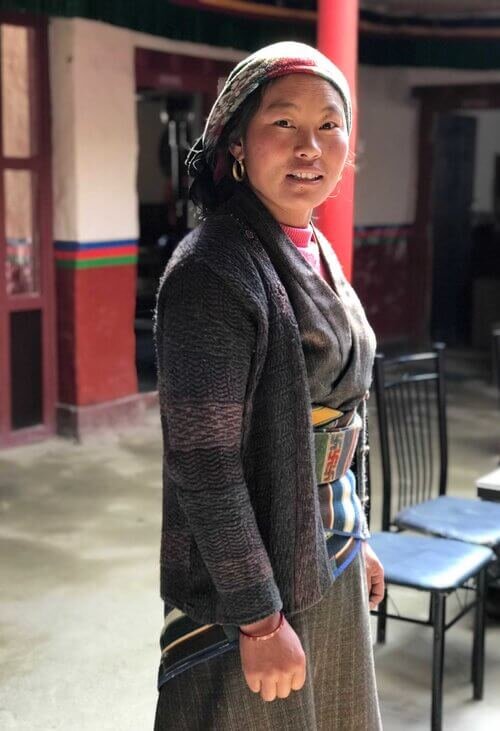THE UPPER MUSTANG TREK IN NEPAL
Every year Nepal attracts more than 200,000 trekkers. Only approximately 4,300 out of them choose to discover the “Upper Mustang” region – a treeless and barren last bastion of Tibetan culture. Until 1950 the area of Mustang was actually a separate Kingdom. This place was opened to non-Nepali travels only in 1991, but still even today the entry to the Upper Mustang is highly limited.
The trekking in the Upper Mustang is completely different than trekking in other parts of the Nepal. It is a real privilege, the privilege that comes with a price (a dear price). Mustang trek is some kind of similar to the trekking in Tibet. Obtaining the Trekking Permit to the Upper Mustang enables you to experience a semi-arid desert, admire colourful rock formations and snow-capped peaks but mostly get closer to the rich culture of the local people. You will cross beautiful valleys and small town like Jomsom, Kagbeni.
A monk student from the Red Monastery in Kagbeni in the Upper Mustang, Nepal.
A young girl working in a restaurant near Choser Cave in the Upper Mustang, Nepal.
THE UPPER MUSTANG TREKKING COSTS
Trekkers need obtain a costly Trekking Permit = 500 USD valid for 10 days /50 USD for any extra day/person.
On top of this, as you enter Annapurna restricted area, you are also required to get the Annapurna Conservation Area Project (ACAP) Permit = 30 USD/person.
You must be accompanied by a professional tour guide/porter (of an authorized travel agency of Nepal) = approx. 1220 USD/person/ 10 days (including accommodation, food, guide services)
Minimum of 2 trekkers is mandatory. Individual trekkers are not allowed in the region.
Pokhara - Jomsom - Pokhara Flight = 220 USD/person
Pokhara - Kathamndu Flight Cost = 110 USD/person
Personally, I trusted Global Holiday Adventures Pvt. Ltd. and let them sort out the organization of my trek. They offer Jeep Adventure and Trekking in the Upper Mustang. The price for my package cost me approx. 2050 USD (including flights, jeep ride, accommodation, food etc.)
example: THE UPPER MUSTANG TREKKING ITINERARY:
Day 1 - Fly/Drive (by bus) to Pokhara from Kathamndu
Day 2 - Fly from Pokhara to Jomsom (2720m) and trek to Kagbeni (2800m) 3-4h
Day 3 - Trek from Kagbeni to Chele (3000m) 5-6h
Day 4 - Trek from Chele to Ghiling (3570m) 6-7h via Chuksi Cave
Day 5 - Trek from Ghiling to Drakmar (3450m) 5-6h
Day 6 - Trek from Drakmar to Lo-Manthang (3840m) 7-8h via Ghar Gompa and Marang-La Pass
Day 7 - Explore Lo-Manthang “The Wall City” (Visit 3 monasteries (Jampa Gompa, Chodey Gompa and Thubchen Gompa)
Day 8 - Visit Choser Cave and Monasteries by horse riding and back to Lo Manthang
Day 9 - Drive back to Jomsom from Lo Manthang by Local Jeep
Day 10 - Fly to Pokhara
THE RED MONASTERY IN KAGBENI
Entering Kagbeni – a unique medieval village, you are steeping into this undisturbed Tibetan Buddhist world with ancient monasteries and traditional villages. This is a gataway to the Upper Mustang.
The Red Monastery that was built in 1429 is the most famous landmark here (a small entrance fee – 200 NRP – approx. 2 USD applies). You can wander through the cobbled streets and watch the locals do their chores, kids coming back from school and little monks running around and playing with “syringe guns” (filled with water).
A young girl helping in the Red Monastery in Kagbeni in the Upper Mustang, Nepal.
Monk students at the Red Monastery in Kagbeni, in the Upper Mustang in Nepal.
What to expect in the Upper Mustang?
The maximum point reached during the trek is approx. 4000 meters but the conditions are quite difficult. Mustang is very cold in autumn and winter and is constantly windy and dusty (really dusty) regardless of the season. Therefore most of the tourist choose to discover this region by a jeep or motorbike and this is a quite an off road experience must say with the difference that you actually drive on the road. At some points you might feel like driving on the edge of life and death.
Pss. When trekking in the Upper Mustang, take with you an extra warm sleeping bag, trekking sticks, some toiletries, Diamox (high attitude sickness preventative medicine) and some of your favourite snacks (e.g. chocolate). There is a very limited offer of the “western” snacks that you can buy in the guest houses (they will not be cheap too) but might want to check the “expiration” date before you finalize the purchase. Some of the “Snickers” can be sold despite the fact that “best before” date passed two years ago.
But do not worry. There is no problem with food. Your guide will sort it out for you. It is delicious. Make sure you try some Tibetan bread, Tibetan noodles but under no circumstances try any meat dishes here unless you want to get seriously sick. You become a temporary vegetarian, if you want it or not. The Upper Mustang is also very famous for delicious, fresh, and juicy organic apples. Do not forget to try the apple pancakes in Jomsom. I loved the ginger honey tea when trekking in the Upper Mustang, it kept me warm.
Kids from the village Ghami in the Upper Mustang, Nepal. The kids are eating sweet rice.
Kids from Lo Manthang in the Upper Mustang in Nepal.
WHEN IS THE BEST TIME TO VISIT THE UPPER MUSTANG?
The Upper Mustang is most recommended to be visited in spring or summer season (May – August). I made a mistake heading there at the beginning of November with -11 C already in the night.
There is no heating in the guest houses as such.
Reason?
Simple.
No Trees = No Wood = No Heating = Freezing to Death.
Ok. I might exaggerated things a bit. But even the residents and monks of Lo-Manthang leave the capital to avoid the freezing temperature and snow in winter. However, the locals always make sure that there is at least some dry yak poo to boil water for tea or make dinner. For food lovers: you will not die here from hunger. The food is really divine.
Daily life in the centre of Lo Manthang in the Upper Mustang in Nepal.
The Walled City of Lo Manthang in the Upper Mustang in Nepal.
what to see and do in LO-MANTHANG - THE WALLED CITY?
The capital of the Upper Mustang is the walled city of Lo-Manthang. Monasteries are a vital part of daily life in this place. In Lo-Manthang there are 3 old dauntlessly beautiful monasteries and I really mean it. You need to pay the entrance fee of 1000 NRP (approx. 10 USD).
The most celebrated and highly popular festival in the region called Tiji Festival is a three day event characterized by the dancing of monks to commemorate the incarnation of Buddha. Many people come to Lo-Manthang just to observe the Tiji celebrations.
There are some half-days tours organized outside of the Lo-Manthand where you can visit Choser Cave and nearby Monasteries. You can either go by jeep or horse riding. I do recommend the latter. You pay for yourself and your guide.
The “city” is focused much on the “wealthy tourists” that come to the Upper Mustang therefore, you can even come across shops, especially with local paintings and craft, that offer payment by credit card.



















